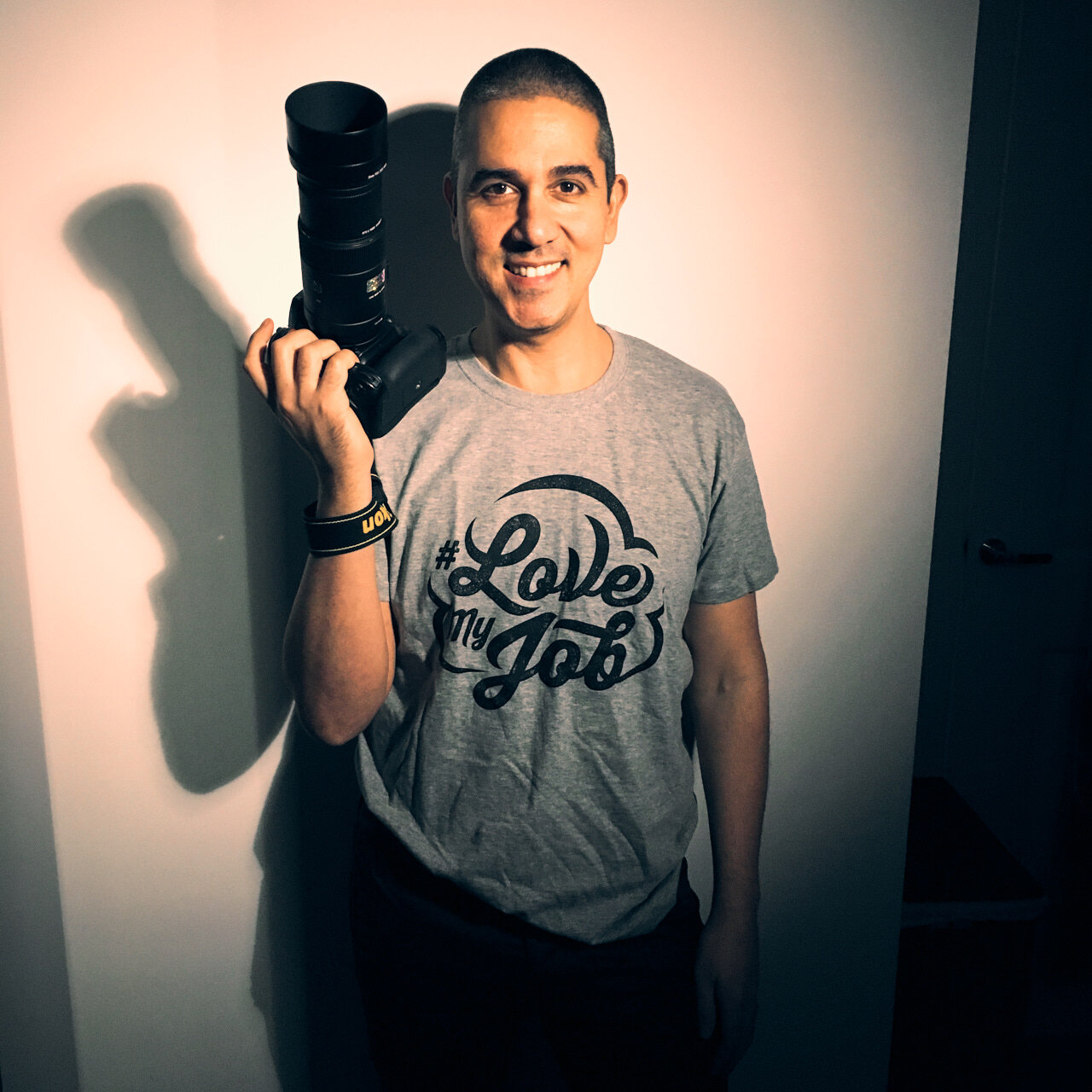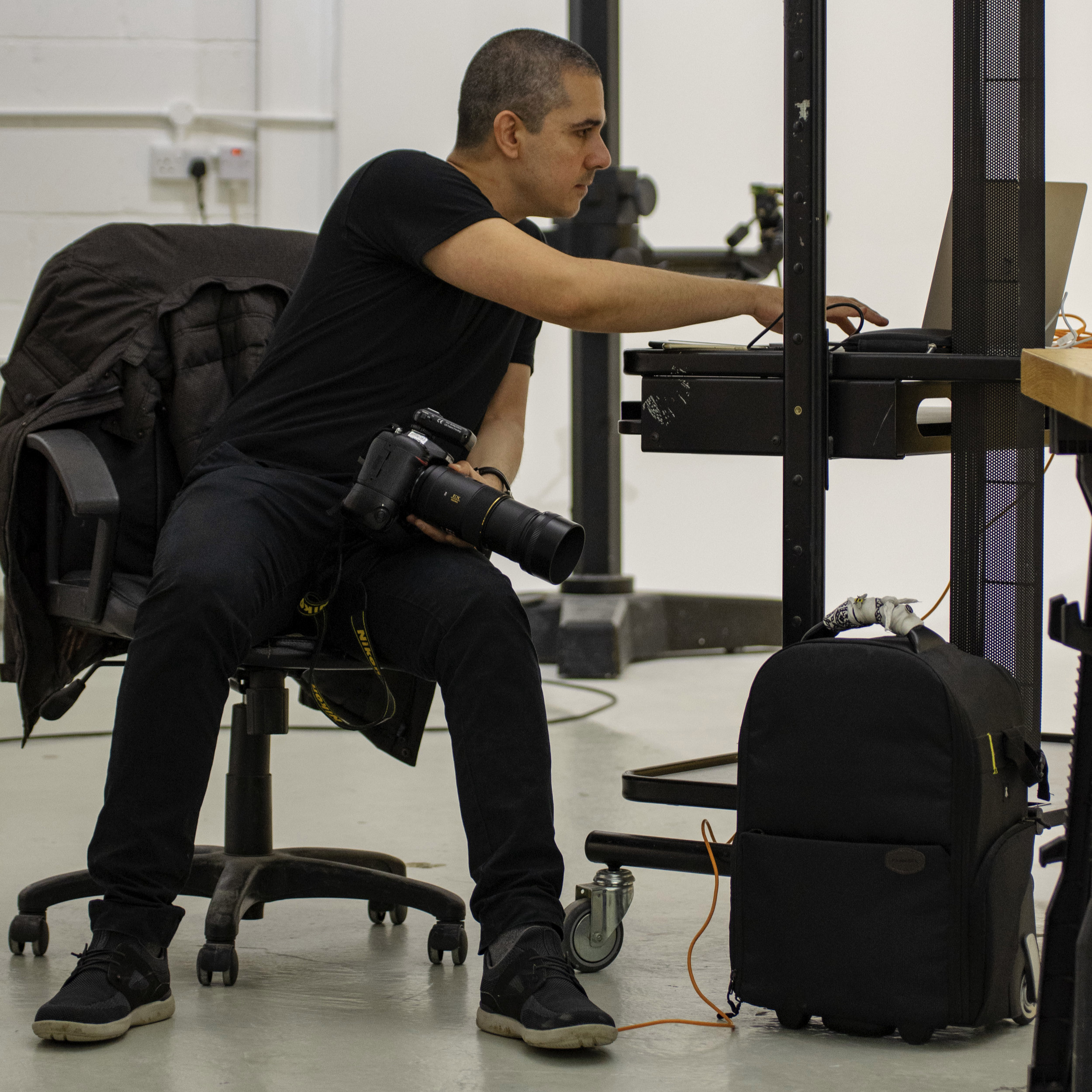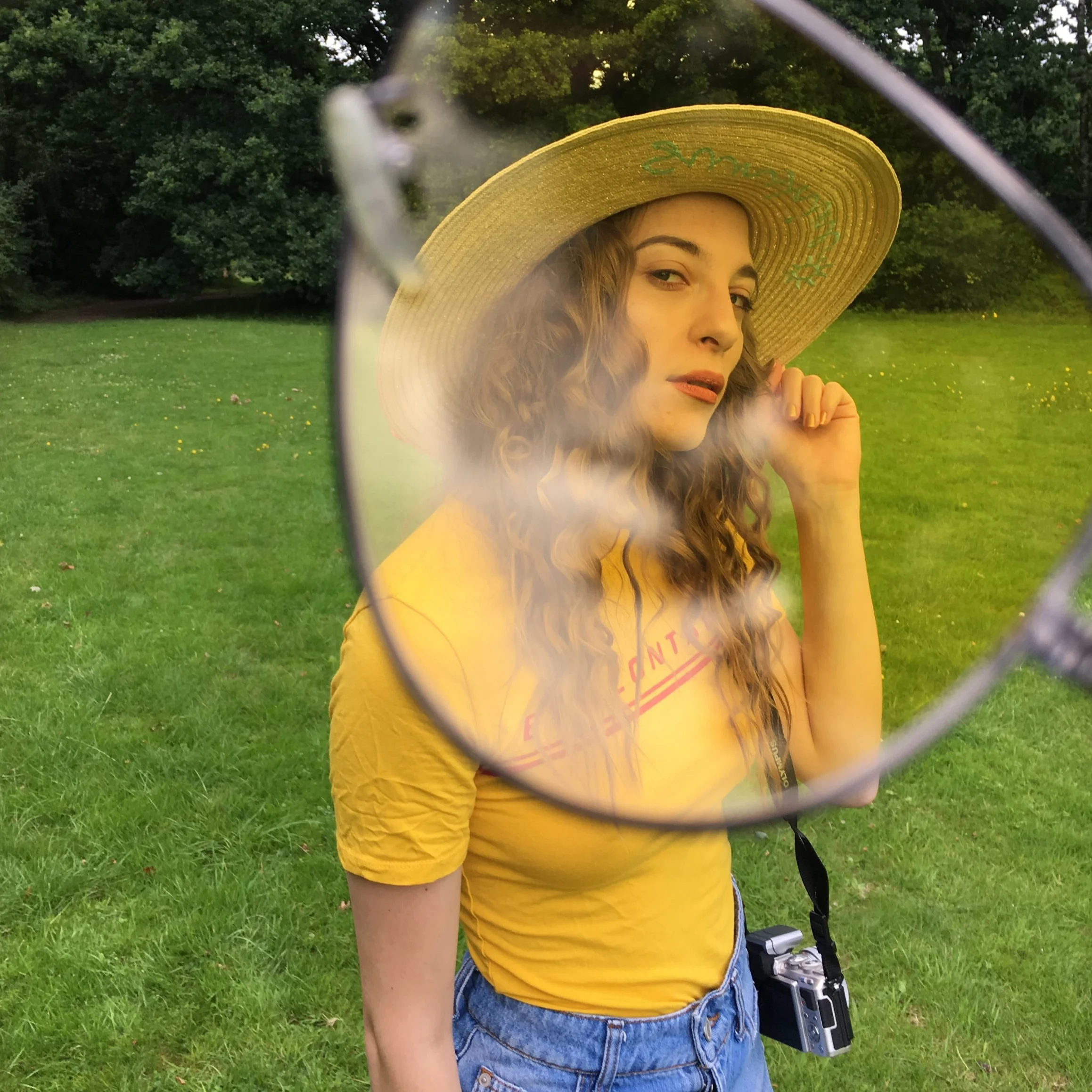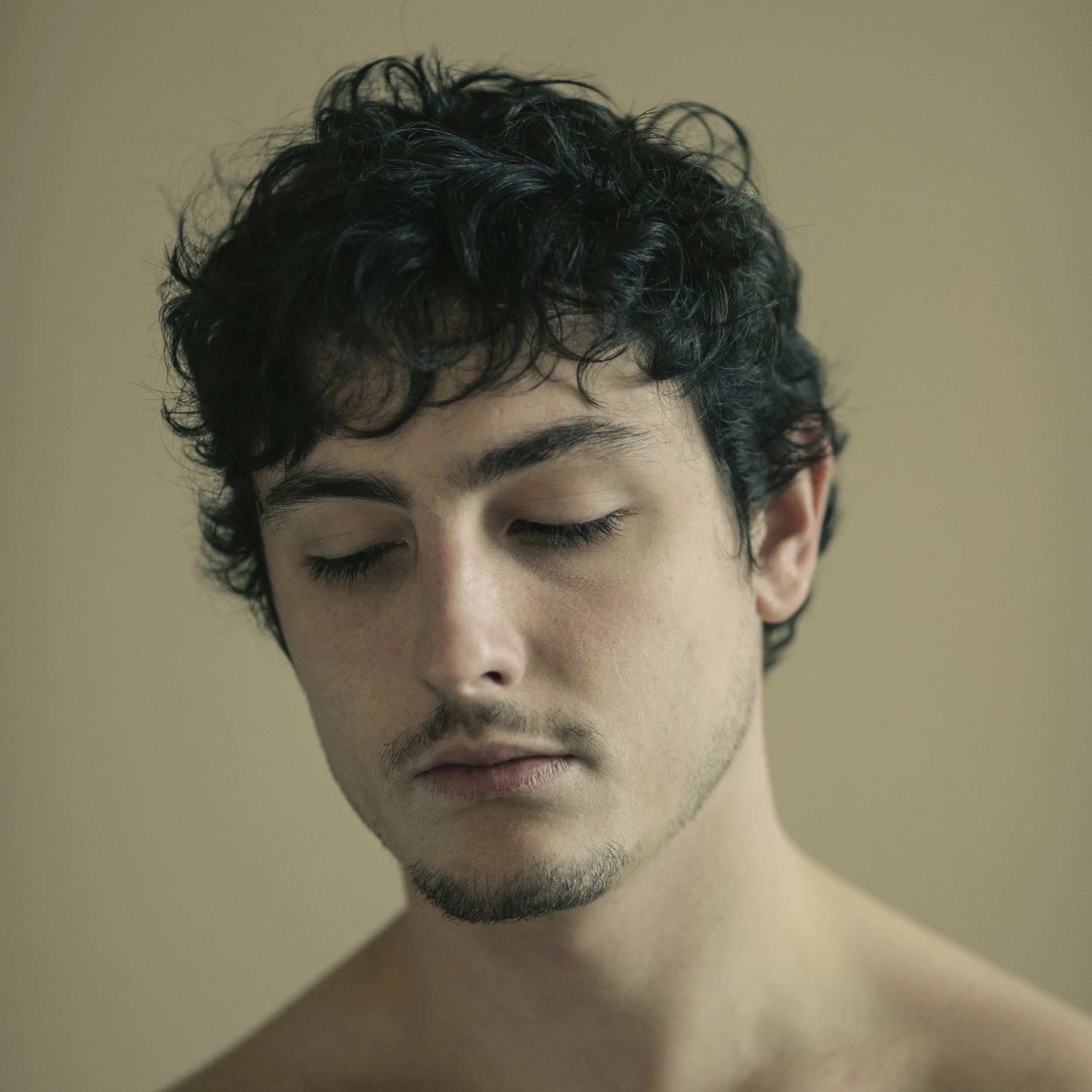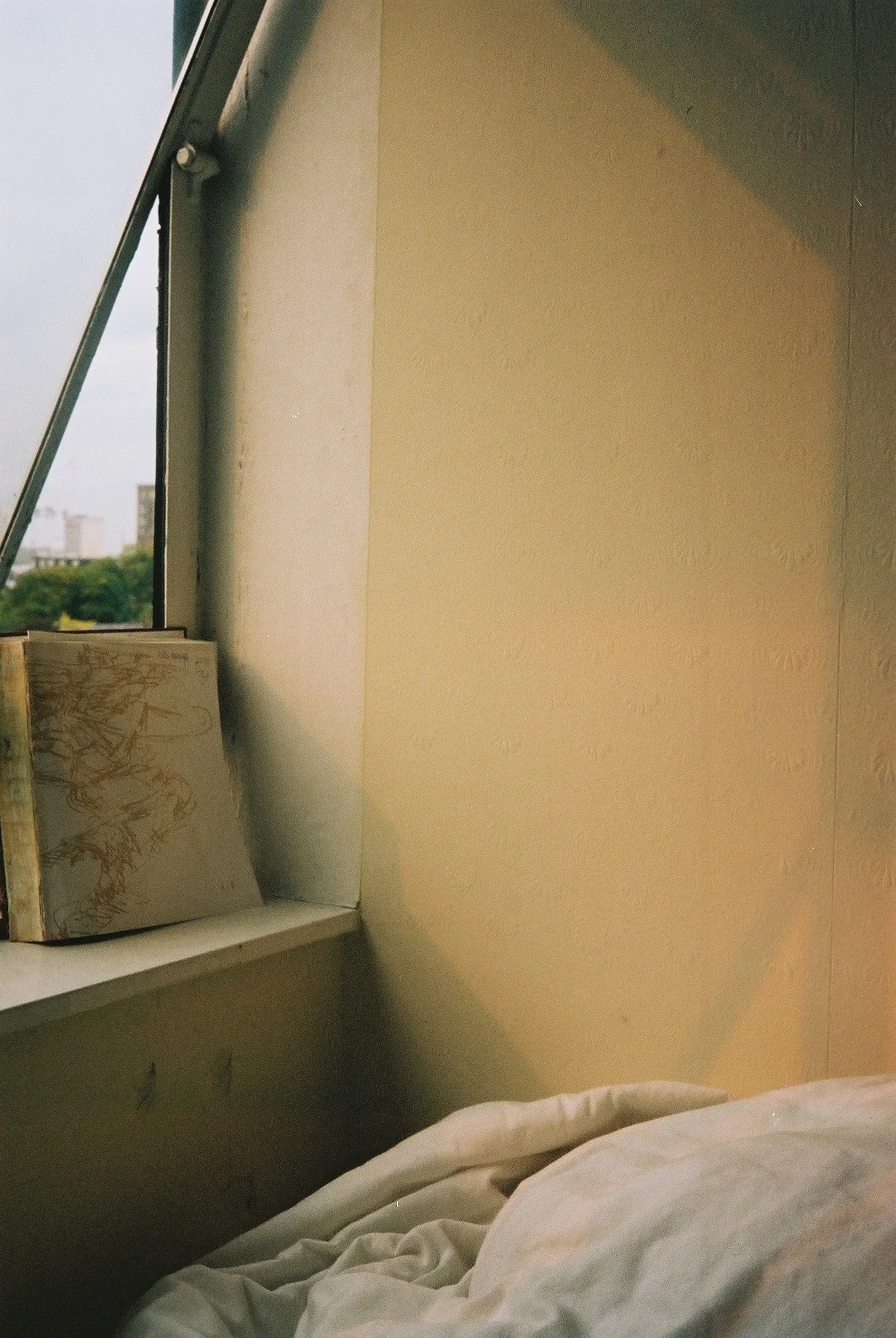This is the twentieth post in my series of posts where I speak with people in the creative industries and ask them questions about the things that "I Wish I Had Known" when I started out as a creative myself.
A few weeks ago, I had the pleasure of having a conversation with Ruby Lee, the Creative Director of London-based Studio 77, about graphic design, the role of creative directors these days and how can design studios contribute to making this a better world:
1. What is graphic design, and why is it important?
It’s written words’ better-looking sister.
Graphic design is a visual form of communication, a story-telling aid if you will, and it’s everywhere and impossible to escape. In fact, I bet if you look up right now, you can see at least 3 types of graphic design around you? Adverts? Signs? Posters?
Graphic design is such a prevalent part of everybody's day to day life, it has the power to communicate a story, emotion or feeling, so it’s important that it’s executed properly.
2. What skills do you need to become a graphic designer?
From a creative perspective, you need to have a willingness to explore ideas and do things a little bit differently, nobody likes a copy-cat designer.
From a more technical standpoint, I think an understanding of space (#ilovewhitespace) and layout skills are important too, as well as making sure what you’re trying to say with your design is clearly communicated.
However, the most important thing you need to be a successful creative is patience. Sometimes ideas can take a while to populate and form in your head, and other times, let’s be completely honest, clients can be an absolute nightmare with changing their minds. It’s important to be willing to satisfy your clients’ creative ventures as well as your own.
3. What fields can graphic designers work in?
If you’re freelance, you can work from any field as long as it has wifi (I am a dad joke person…).
Graphic design is a pretty wide market and opens up doors to all sorts of creative roles in the future. It’s totally up to you! From exploring illustration to creating brand identities to designing websites or crafting advertising campaigns, there’s a lot of specialisms to choose from.
I would say explore a few different strands of design before jumping into your chosen specialism, as it’s really useful to have a knowledge of how different areas of design work, especially if you’re looking for a creative director or art director role.
Knowledge is power!
4. You mention brand identity. What is the difference between graphic design and branding?
Graphic design is mainly a visual-focused form of communication, whereas branding is a mixture of both visual and strategy.
Most people think of just the logo when they think of branding, but it’s a lot deeper than that, think colour palettes, brand positioning, tone of voice, photography etc. A branding designer has to think about all of these things when starting a branding project.
In most cases, a graphic designer is given some sort of ‘brand guideline’ to adhere to, which will outline the visual elements of the brand itself.
5. After finishing their degree, do you think graphic designers should work for someone else before venturing into freelancing?
This is a completely personal decision for each and every designer! For starters, I didn’t go to university, I just went straight into work experience, then in-house, then agency side, then freelance and then eventually started my own design studio.
But I do think in order to be a good and adaptable freelancer, prior agency/client experience is really beneficial. Agencies are a fast-paced (and somewhat stressful) environment, quick turnarounds are expected, the ability to decipher the most scrambled briefs is a talent within itself, and if you can learn these skills within the comfort of a full-time job, I would recommend you do so.
Once you’ve successfully mastered some, or all of the skills above, if you’re feeling ready to freelance, go for it!
In the freelance community, everybody knows everyone, so word travels fast. If you’re doing a great job, your recommendations will snowball, and you’ll be swatting away work left, right and centre; but similarly, if you’re not doing a great job, it’s not good for your reputation.
The other thing I would say before embarking into the freelance world is to save up three months worth of rent and bills. It’s a pretty unpredictable market, some months you could be fully booked up, and in others, you could be twiddling your thumbs, so it’s a sensible idea to have a safety net to fall back.
6. What has been your evolution since the days when you were an in-house designer?
Geez, that was a long time ago! How long have you got? The journey from in-house designer to starting my own design studio was fairly slow and logical (which is very off-brand for me…), with an injection of impulse and ‘I’m just going to f***ing go for it’ mixed in.
As I said before, I skipped university and went straight into work experience, to in-house, then to agency side, then to freelance and then to Studio 77, my website design studio.
The biggest evolution of my design journey was somewhere between working for an agency and quitting to go freelance, and then starting my own business.
I’ve learnt a lot of lessons along the way, I didn’t know anything about how to run a business, but I knew how to design things. I guess my biggest evolution was throwing myself into the deep and learning about the business side of things!
7. What is Studio 77?
We are a website design studio based in London, we work with a breadth of different clients across a multitude of sectors, but they all have the same goal - to bring moments of joy to their customers.
Each and every client gets treated like the unique entity that they are. No box templates, no quick fixes, we take each website from original sketches through to a fully-launched, functioning bespoke digital masterpiece.
We really care about not only our clients but also our clients’ customers - as they are the ones that will ultimately keep our clients going!
We start off each website with a discovery and strategy session, where we get deep into the minds of our customer’s customers, and imagine how they think and how they’d use the website from their perspective. Then, and only then, can the visually creative process begin.
We only work with a select number of clients at a time, meaning that we can focus on their websites. This not only means we can get our creative juices flowing, but that we can take an idea, and turn it into a live website in as little as two weeks.
8. In your role as Creative Director of Studio 77, how are your responsibilities different from when you started as a Graphic Designer?
As a creative director, you not only design things, and give your creative input, but you oversee the whole creative process. My job as a creative director is to make sure that nothing leaves our studio that’s not as ‘perfect’ as it can be.
I oversee the freelance team members we have and make sure the work is up to standard and is creatively pushing boundaries. No-one wants a boring design, not us, not our clients, no-one!
9. As a client, when would I need to hire a Creative Director?
I think a Creative Director is really important for projects where you have more than one creative working on your brand.
We are essentially ‘the brand police’ and make sure that everything that goes out the door is on brand, looking good and to a high standard.
10. How involved are Creative Directors in the final outcome of the project?
We work closely with all of the creatives, copywriters and artworkers to, well, direct the project.
Any creative project is a joint effort (and if it’s not, it should be!), but Creative Directors have the ability to steer the creative outcome in one direction or another. We are the brand ‘guardians’ for projects, and we ultimately have the say whether something is approved or not before it gets sent to the client.
11. When you talk about your clients, you say that you handpick those clients who bring joy to the world, which sounds to me as if you were trying to have social impact through your work.
All businesses should have a social impact!
We only have one planet, we should treat it, and everyone on it, with respect. We like to mix up our work with the high budget luxury clients with work with charities and start-ups, think of us at the Robin Hood of design…
We also donate £150 of each website project we do to Friends of the Earth to help tackle global issues such as climate change.
12. How do you think design studios can contribute to make this a better world?
Stop using comic sans. I joke (kind of.)
In all seriousness, design is a form of communication, so just make sure what you’re saying with your design is impactful.
I think if you’re at a place where you financially and time-wise can, reach out to charities or partner up with those in need of a graphic designer with no budget.
13. How can anyone interested in your work get a hold of you?
Digitally, we exist at www.wearestudio77.com and @wearestudio77 on Instagram. Physically we’re housed in the lovely Second Home in London Fields.
Pop by and say hello!
Thank you so much, Ruby, for sitting down with me and sharing what graphic design is all about. It’s everything that I Wish I Had Known!


